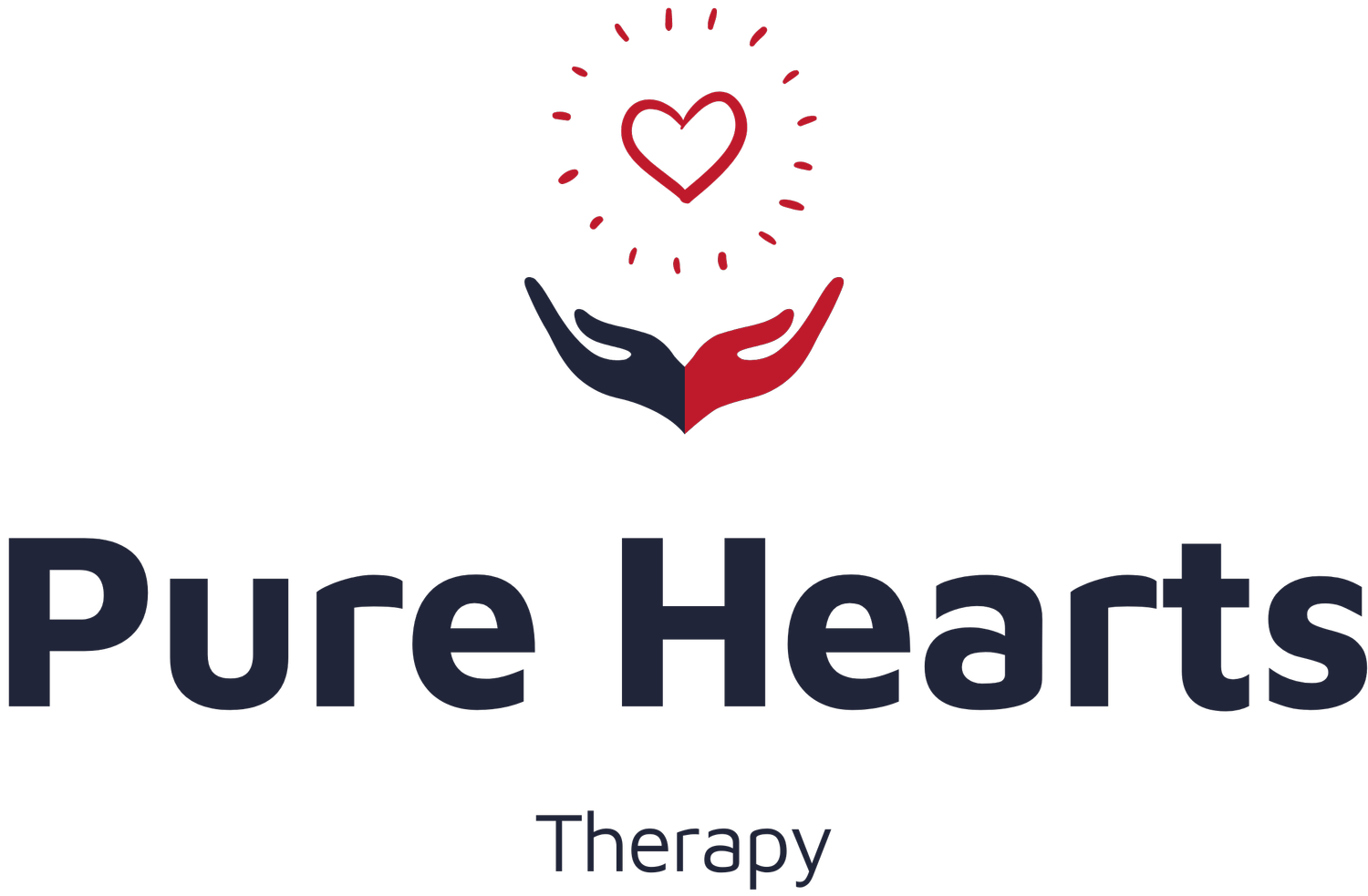How Does Occupational Therapy Support My Child?
Occupational Therapists help people participate in meaningful everyday activities. We refer to these meaningful daily life activities as Occupations. Occupations are central to an individual's identity and provide meaning and value.
Occupational therapist have 8 major occupations or activities that guide the Framework of their practice:
Primary Occupations
Sleep
actual sleep duration and quality
sleep hygiene
rest
Play (Kid’s Primary Occupation)
How children love to learn!
appropriate play
Provides enjoyment or entertainment
leisure
enjoyed activities done in free time
ADL’s (self care)
bathing
toileting
dressing
feeding
IADL’s
chores
meal preparation
shopping
Education
Formal education
Informal education
social participation
community saftey
work
employment
self-employment
volunteering
Evaluation and Activity Planning
OT’s help children on the spectrum gain autonomy and independence by evaluating a child's participation in these occupations and investigating what factors are limiting performance.
Starts with an assessment
Formal evaluation
Questionnaires
Interviews
Medical review
Therapist then work on the skills that are limiting your child's ability to complete the desired occupation.
Typical Skills that OT's address are:
Social/emotional Skills
Negotiation skills
Perspective taking
Interoception (how my body feels when I’m mad or sad or happy)
Conflict resolution
Communication
yes/no
pointing
self-expression
Sensory processing skills
Ability to navigate and understand the sensory world
We all use senses to process the world but when there are sensory processing or modulation difficulties we may be taking in too much input, not enough input and it may be difficult to process and understand or even just overwhelming.
Cognitive and executive functioning skills
planning
focus
sequencing
memory
Physical motor skills, and coordination
Oral-motor skills
Hand-eye coordination
Bilateral movements
Environmental Adaptations
School supports
Home programs
Community advocacy
Habits, routines,
small habit changes lead to foundational lifestyle changes.
How to Maximize Therapy Outcomes
Ask questions and be curious
If the therapist doesn’t know, it gives them an opportunity to learn or find resources to help you answer any questions.
Write the questions down somewhere
What does this activity help with
How can we work on...?
Therapist love to learn
Follow -thru with home programing
Our time with your child is limited so we can maximize outcomes with home programs or applying strategies throughout the week.
Try executing home program 1x a week
Try to engage and be a participant during therapy sessions to include providing any relevant updates or ideas:
Health changes
New hobbies/habits
Triggers
Meltdowns
Let’s recap
The major occupations that OT’s address for children on the spectrum include:
Sleep
Play
Leisure activities
Activities of Daily living (self-care)
Instrumental Activities of daily living (chores)
Education
Social participation
work
OT’s help children on the spectrum gain autonomy with these occupations by evaluating and addressing:
social/emotional Skills
Sensory processing skills
Cognitive and executive functioning skills
Physical motor skills, and coordination
Environmental demands and adaptations
Habits and routines
Maximize OT services by
Asking questions
Follow -thru with home programing
Collaborating and updating therapist on changes or concerns
Subscribe Now & Leave a Review
Apple Podcasts, Spotify, Google Podcast, & Stitcher
Visit our Website
Follow Us:
